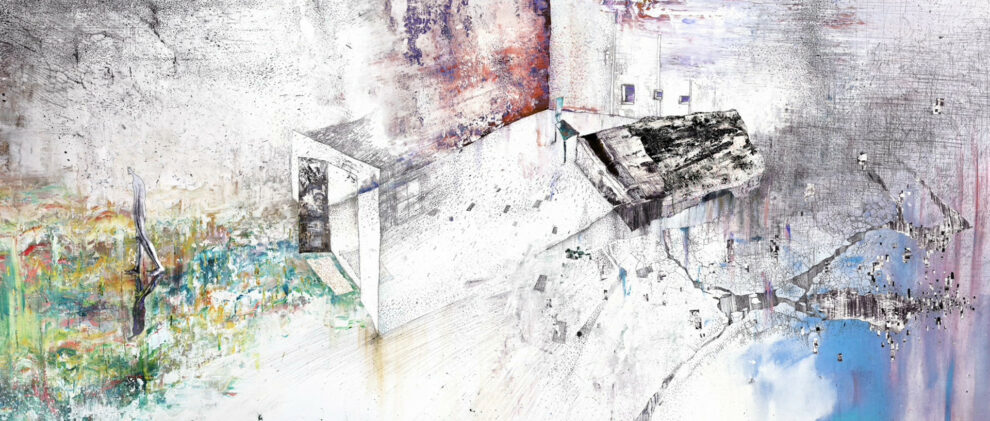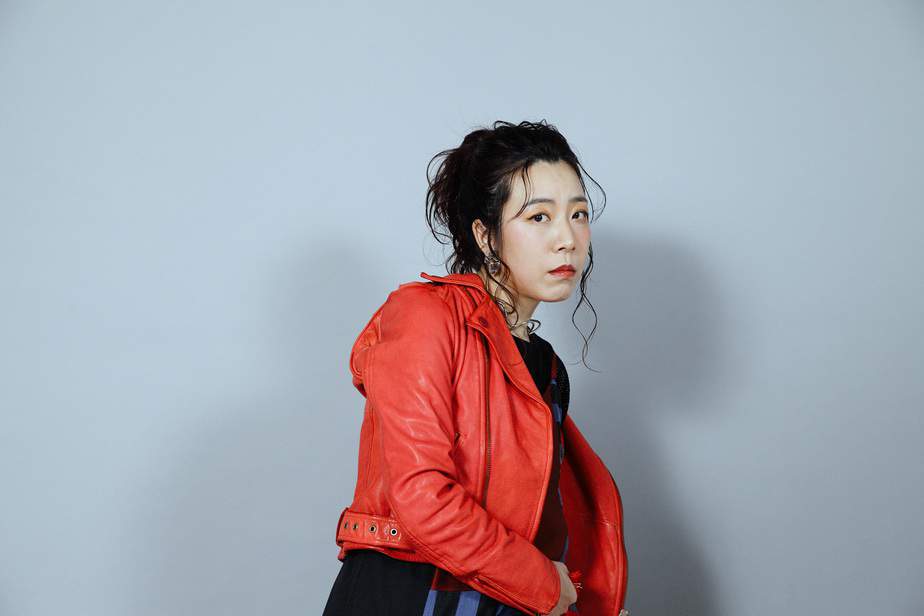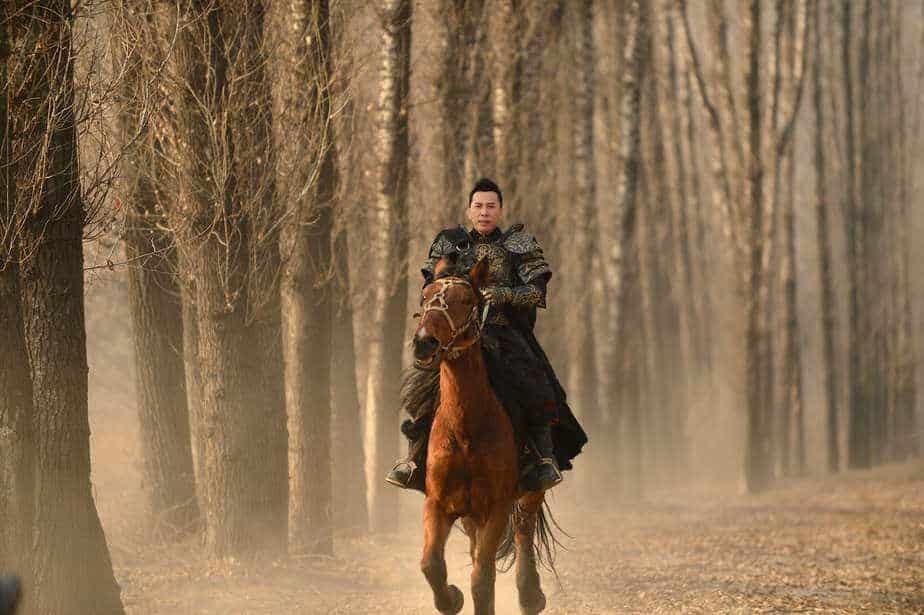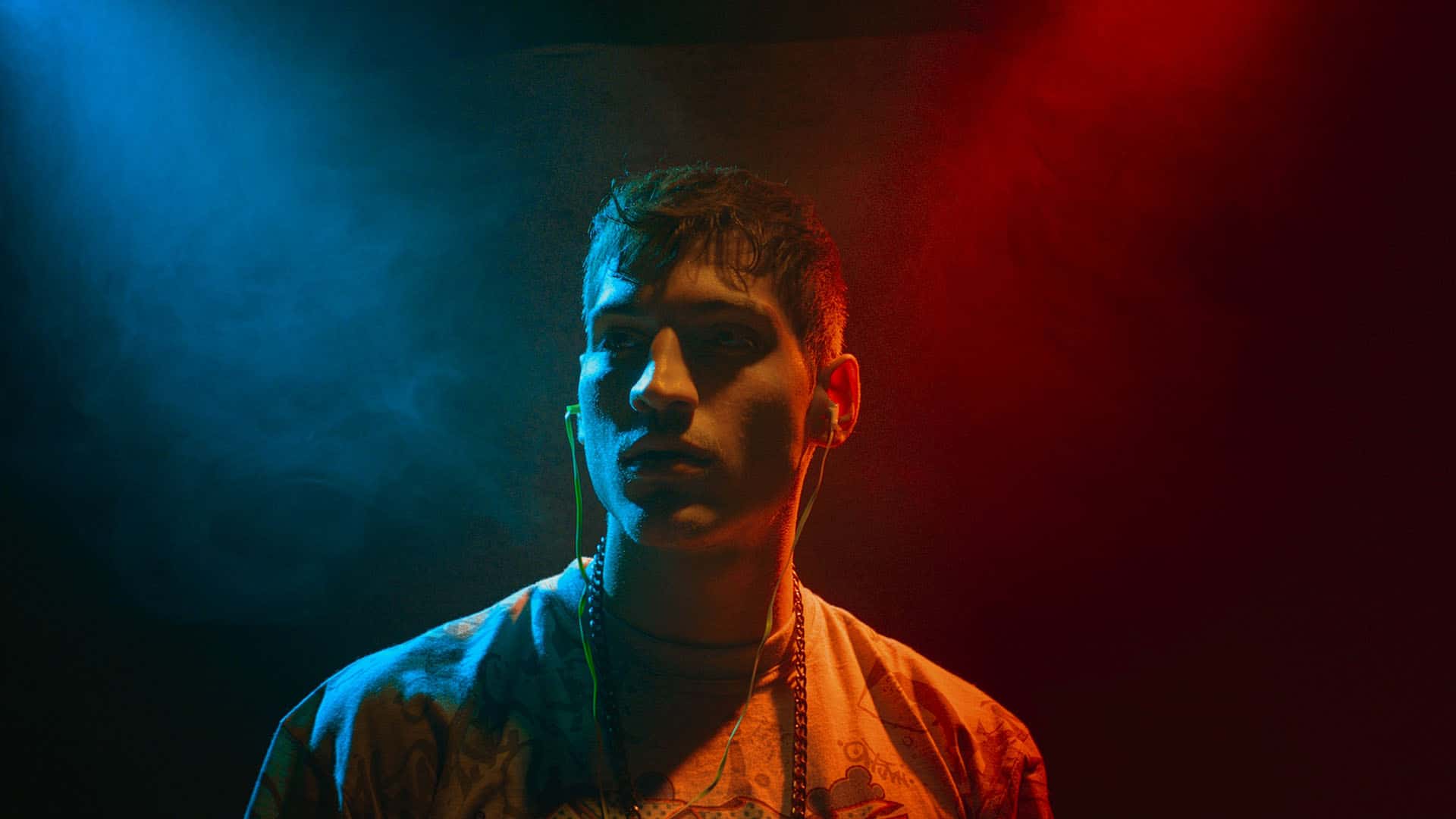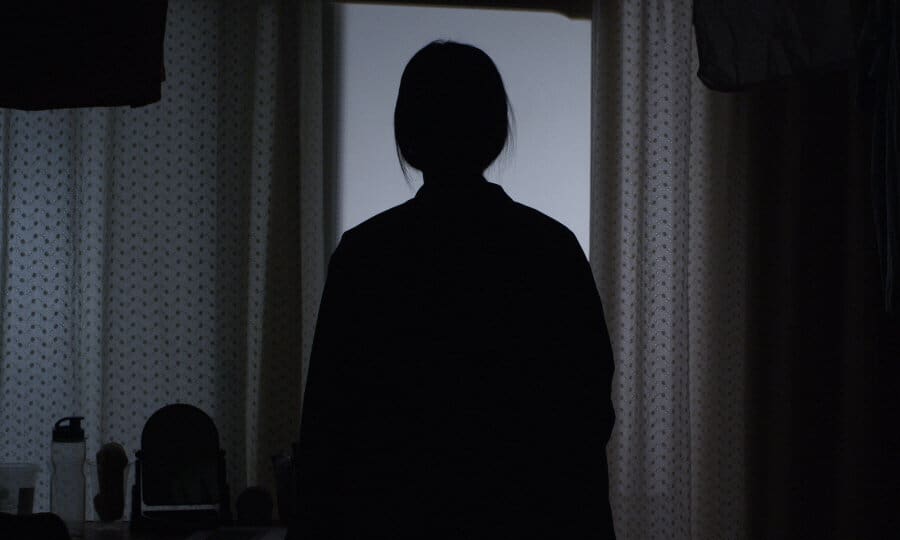Shunsaku Hayashi was born in Osaka in 1992. He studied Fine Art at Goldsmiths University of London as a trainee under the Japan Cultural Ministry Abroad Research Fellowship for up- and-coming artists from 2012 to 2015. “Interstitial (2017)“ won the Grand Jury Prize for Animation Short at 23rd Slamdance Film Festival. “Railment (2017)” received the Chris Frayne Award for Best Animated Film at 55th Ann Arbor Film Festival, and “Remember (2015)” got Golden Horseman for Animated Film at 28th Filmfest Dresden. “Leaking Life (2019)” had its World Premiere at the 69th Berlin International Film Festival 2019. His latest film, “Our Pain” is currently on its festival run, with the director stating about it “Our common pain, although experienced individually and uniquely, is what connects us. It is the ambiguity and variety of our existence that allows us to imagine an infinity of variables, some of these alternatives may be malignant, and some benign.”
“Our Pain” is screening at Vienna Shorts

As is usual the case with experimental cinema, the film can be described as a series of vignettes presented in succession. The first ones we see in the film seem to revolve around the concept of cracking, with various surfaces, from walls to the leg of lanky man who sits on a chair scratching himself, connecting the image with the titular concept. A column which is eventually revealed to belong to a tomb, is also cracking, as a man is shedding a liquid on top of it, in some sort of ritual. Another tall and thin man is presented next, with his huge legs also being cracked, while another man emerges from beneath to touch the first's broken knees, with his index finger actually getting beneath the skin and the bone. As the second man seems to enter the first in whole, the intense music induces the movie with a sense of tension that is soon dispersed only for the calm atmosphere to dominate again, as the setting returns to the graveyard.
Various successive images in black-and-white follow, with their succession becoming more and more rapid, and the music once more communicating a sense of tension. Broken, unclipped nails touch a photograph that is “bandaged”, with a parallel with a man's knees following next. A face on the ground that gradually moves deeper creating a tunnel, and a man that descends it come next. The “trick” with the tension and its relief comes up once more, as the film returns to the man trying to enter the other one. POV images and a sense that we are beneath the water follow next, while, as the first man exits his house, color is also added to the image in probably the most impressive vignette of the movie. (YouTube preview below)
A group of people are sitting together in a circle, with the scene reminding of psychotherapy groups, thus connecting the narrative with the common pain concept mentioned by the director. POV and the blurring of the other people, a more massive entering into his body, footsteps on the floor, the aforementioned tunnel, and a scene of disaster conclude the 16 minute short.
Despite the abstract, quite difficult to understand premises of “Our Pain”, Shunsaku Hayashi has induced his film with a sense of tension and intense artistry through the elaborateness of the paintings presented, that actually results in some very powerful sequences that carry the short from beginning to end. The concept of pain, and how it can be shared or transcend people is also communicated through the images and the movement, despite the fact that an intro here is a necessity. The editing also works well, inducing the movie with a very welcome sense of speed and constant, flowing motion, which is also communicated by the minimal, but quite intriguing animation which “creeps” (both literally and metaphorically) in every image in the most entertaining fashion.
As such, “Our Pain” emerges as a rather interesting short, which, despite its experimental premises, is actually more a film than some kind of installation, in a testament to the power and essentially, coherence, of Hayashi's work. Lastly, the quality of the paintings, will probably make any viewer to wish to attend one of the director's exhibitions.


